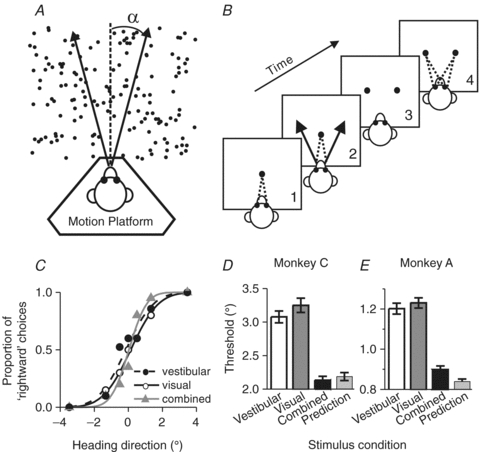Figure 5. Cue combination: heading discrimination task and behavioural performance.

A, task layout. Monkeys were seated on a motion platform and were translated within the horizontal plane to provide vestibular stimulation. A projector mounted on the platform displayed images of a 3-D star field, and thus provided optic flow information. B, task design. After fixating a visual target, the monkey experienced forward motion with a small leftward or rightward component, and subsequently reported his perceived heading (‘left’vs.‘right’) by making a saccadic eye movement to one of two targets. C, typical psychophysical performance (from a single session) under the three stimulus conditions: vestibular, visual and combined (Gu et al. 2008). D and E, comparison of the average psychophysical threshold obtained in the combined condition (black bars) relative to the single cue thresholds (vestibular: open bars; visual: dark grey bars) and compared to predicted thresholds based on statistically optimal cue integration (light grey bar). Replotted with permission from Gu et al. (2008).
